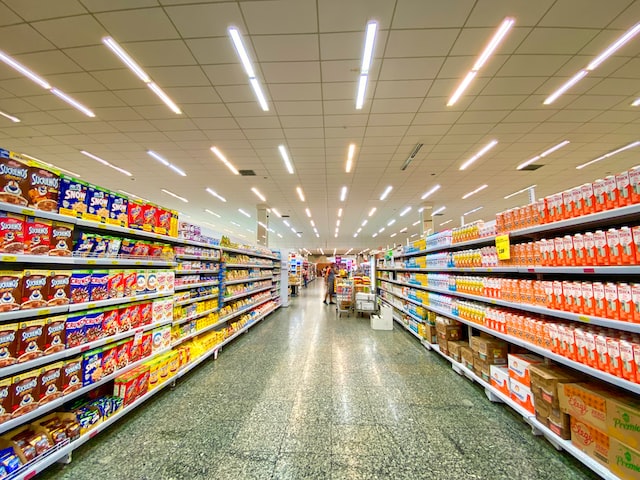U.S. economic growth has slowed, but it is still unclear if the country is experiencing a recession, according to the National Retail Federation's chief economist Jack Kleinhenz.
“All eyes remain on the consumer and what is happening in retail is very important,” Kleinhenz said. “While consumers have become more cautious and cooled their spending in the first half of 2022, households continue to spend and are contending with inflation by using credit cards more, saving less and drawing on savings built up during the pandemic. Consumer stamina will be the big question going forward.”
In the first quarter of this year, GDP fell 1.6 percent year over year, followed by a second 0.6 percent decline in the second quarter, according to the federal Bureau of Economic Analysis. These two consecutive quarterly declines are not an official definition but often coincide with a recession. Gross domestic income, however, grew by 1.8 percent in the first quarter, and an additional 1.4 percent in the second quarter.
“Since there is a large difference between estimates of GDP and GDI, did the economy expand in the first half of 2022 or did it contract?” Kleinhenz asked. “That is difficult to determine, but we will likely have a better idea at the end of September.”
The true indicator of a recession is the National Bureau of Economic Research, which looks at GDP, GDI, job gains, personal income, industrial production, company sales, and hours worked. The many factors often mean it is slow to decide.
Related: Digital Groceries Sales Grow; Pay Later Users Face Debt After Buying Groceries

